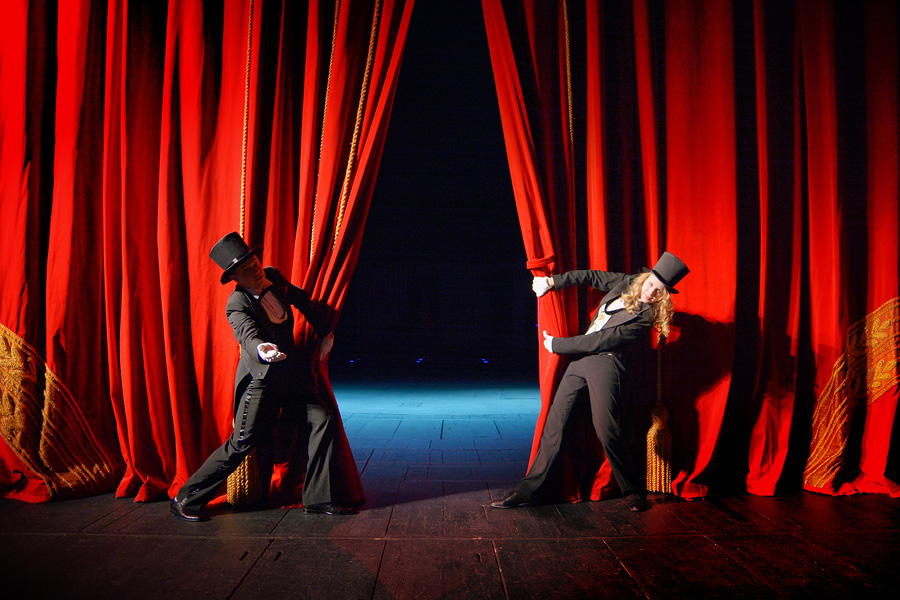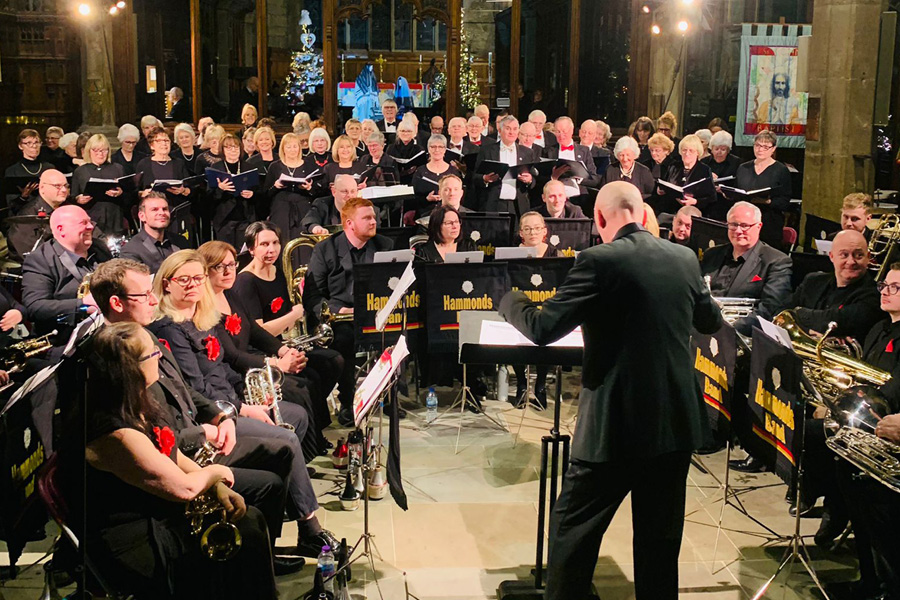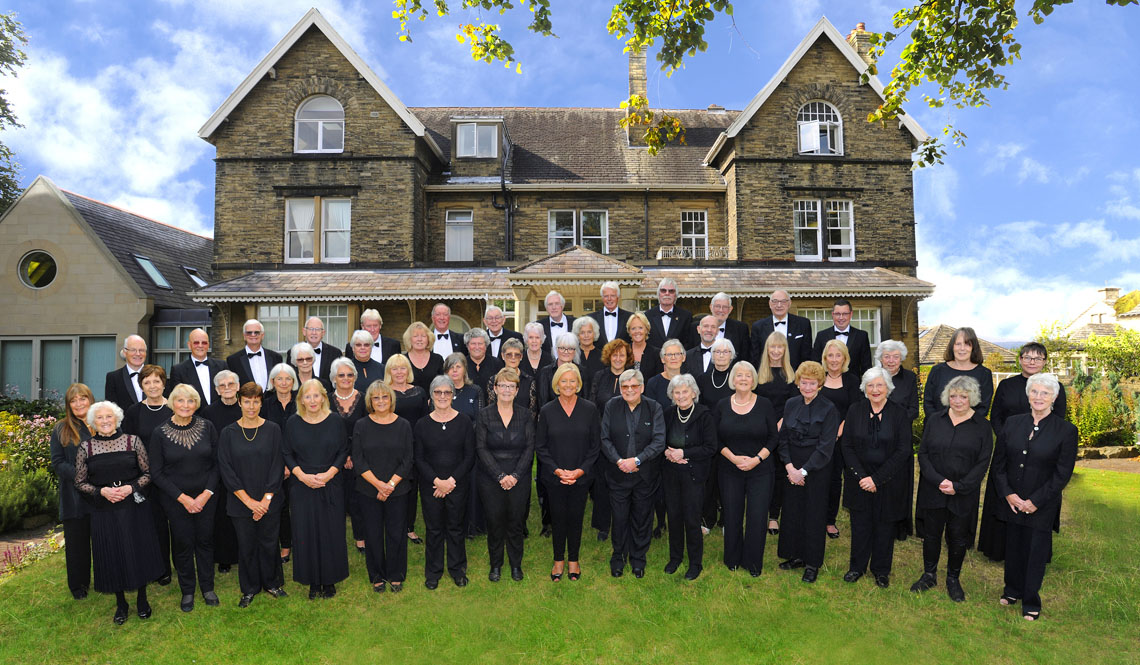
An acclaimed choir of 65 voices, supporting the work of Overgate Hospice
Overgate Hospice Choir, based in Halifax, was founded in 1991 specifically to support the work of Overgate Hospice, Elland, West Yorkshire – over £390,000 has been raised for Hospice funds so far.
The choir presents four concerts annually of music from choral works along with Christmas Carols, Hymns, Opera Choruses and Songs from the Shows.
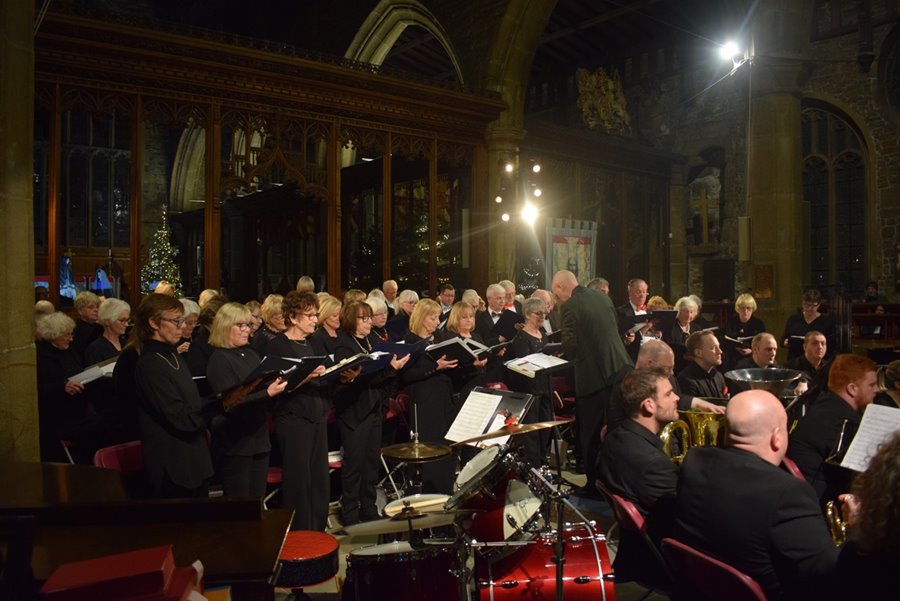
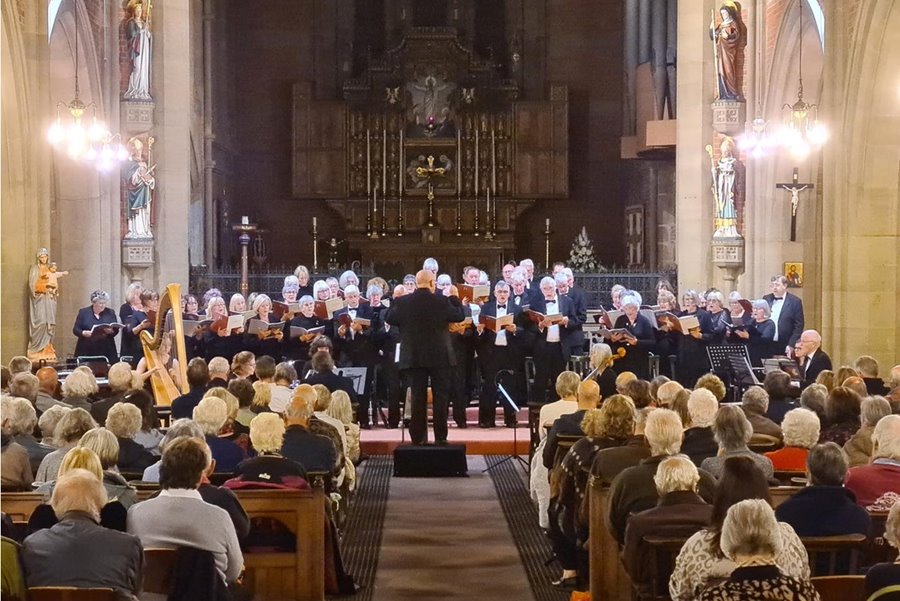
The Choir was formed by Philip Taylor and Donald Maxwell-Timmins for the purpose of participating in the initial ‘Voices for Hospices’ performances in 1991.
The nationwide event involved 3500 musicians, 20,000 singers and audiences of 24,000 people. Overgate’s own performance in Halifax Parish Church, now Halifax Minster, attracted an audience of some 600 and was pronounced an outstanding success. The financial benefit was over £3,000 and nationally the figure exceeded £400,000.
Since that inaugural performance, the members of Overgate Hospice Choir have continued to meet and now produce four concerts a year together with other smaller performances.
As far as we know, Overgate was the first Hospice to have its own choir formed specifically and solely for the purpose of raising money for the hospice. Other groups have followed but it is believed that Overgate was the very first in that particular field.


Love to sing?
We will be holding open rehearsals from 10th April 2024 for our concert on 8th June, featuring Opera Choruses and Musical Theatre.
If you are a tenor or a bass that enjoys singing and would like to join a friendly group of people, why not joing our Overgate Hospice Choir.
The Choir performs throughout the year, in aid of Overgate Hospice, with a repertoire ranging from musical to classical. No auditions are necessary, just a joy for singing, an ability to hold a note, and follow a line of music.
We meet every Wednesday evening from 7.45pm – 9.30pm in
St Jude’s Parish Hall
Savile Park, Halifax, HX1 2XE
Forthcoming performances
We look forward to welcoming you to our concerts…

